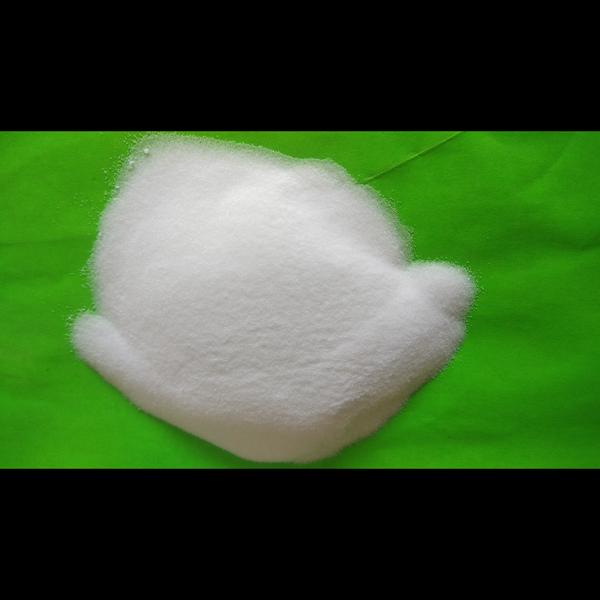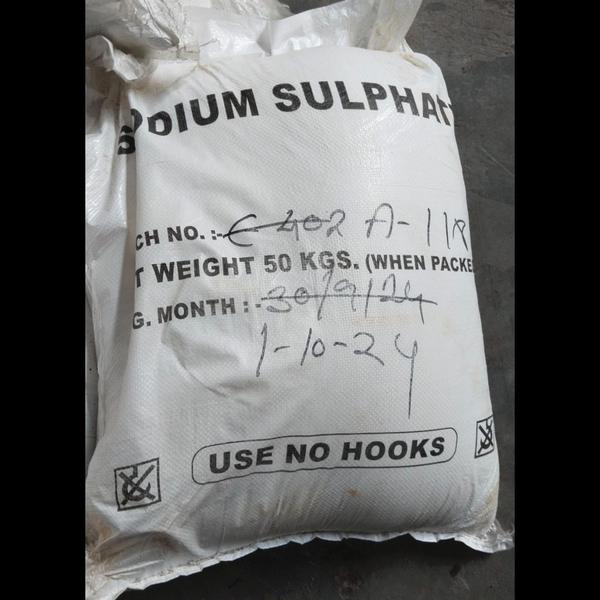Overview
The chemical industry in India is one of the largest sectors, contributing significantly to GDP and exports. It covers bulk chemicals, specialty chemicals, petrochemicals, agrochemicals, and pharmaceuticals.
The Goods and Services Tax (GST), implemented in July 2017, replaced multiple indirect taxes like excise duty, VAT, service tax, and entry tax, aiming to create a unified national market.
2. Effect of GST Reforms on the Chemical Industry
Positive Impacts
Single Tax Structure – Removal of cascading tax effect (tax-on-tax) has reduced overall tax incidence for many chemical products.
Easier Interstate Movement – Abolition of check-posts & entry taxes has improved supply chain speed and reduced transport delays.
Input Tax Credit (ITC) – Manufacturers can claim ITC for taxes paid on raw materials and services, lowering production cost.
Standardization – Uniform GST rates make pricing and compliance simpler across states.
Digital Compliance – E-way bills, e-invoices, and GSTN portal have increased transparency and reduced black-market trade.
Negative Impacts / Challenges
Higher GST Rate for Certain Chemicals – Some specialty or hazardous chemicals fall under 18% or 28% slab, making them costlier.
Working Capital Blockage – Input tax credit refunds take time, affecting liquidity for exporters and SMEs.
Compliance Burden – Multiple return filings (GSTR-1, GSTR-3B, annual return) require strong accounting systems.
Classification Disputes – Ambiguity in HSN codes for chemicals sometimes leads to litigation.
Small Trader Strain – Smaller chemical traders without tech resources struggle with digital filings.
3. Importance of GST Reforms for the Chemical Sector
Boost to Exports – Zero-rated GST for exports and faster refund mechanisms make Indian chemicals more competitive globally.
Encourages Formalization – Brings more traders and manufacturers into the formal economy, increasing government revenue and industry credibility.
Better Logistics Efficiency – Reduction in transport time (by ~20–25%) due to removal of inter-state barriers benefits bulk chemical movement.
Encourages Investments – Transparent tax regime attracts domestic and foreign investors into chemical manufacturing hubs.
Supports ‘Make in India’ – Level playing field for domestic and imported goods helps local producers grow.
4. Pros and Cons Table
Pros (Advantages) Cons (Challenges)
Removal of cascading taxes Higher tax rate for some chemicals
Easier inter-state movement Working capital tied in ITC refunds
Transparency & accountability Complex compliance for SMEs
Uniform rates across India Classification disputes
Better competitiveness for exports Tech adaptation cost



